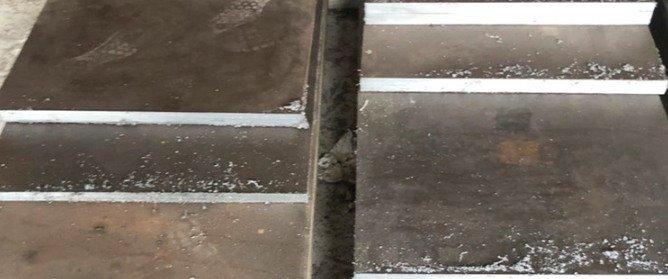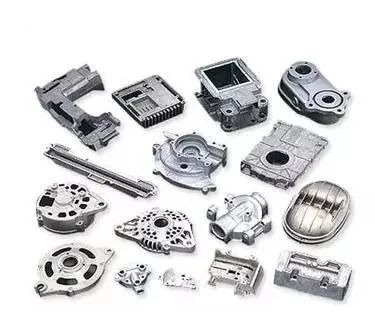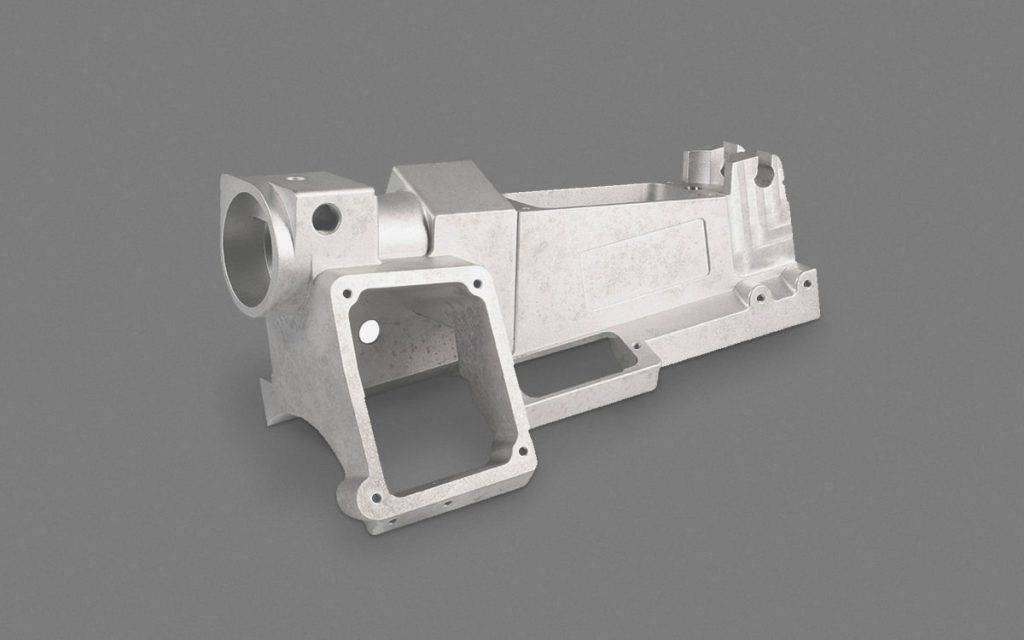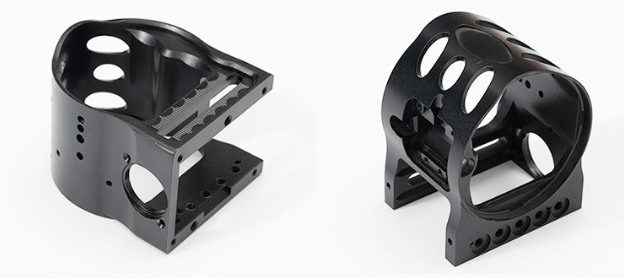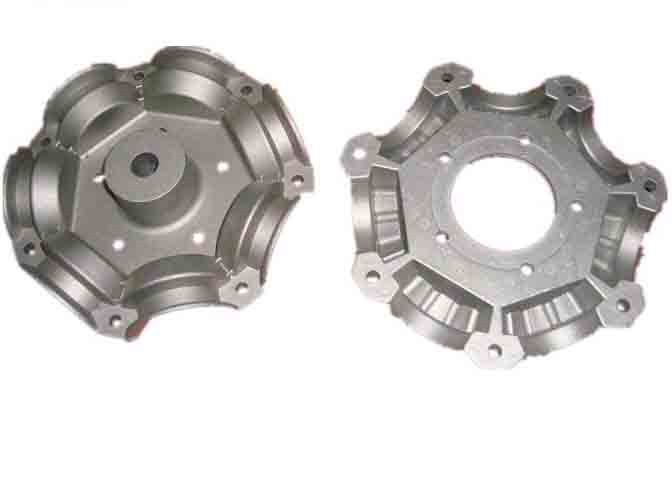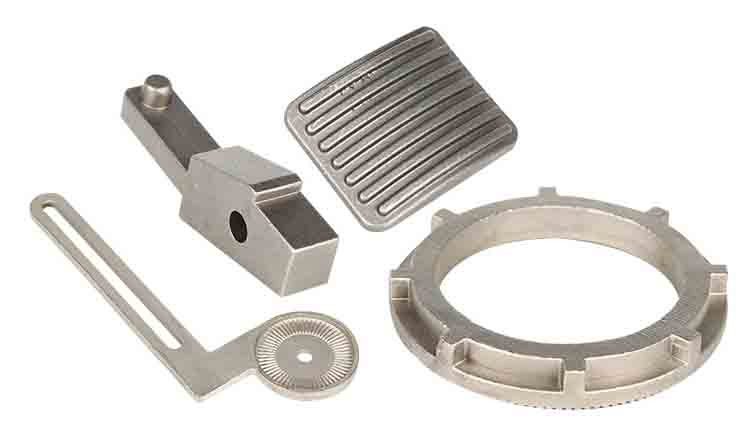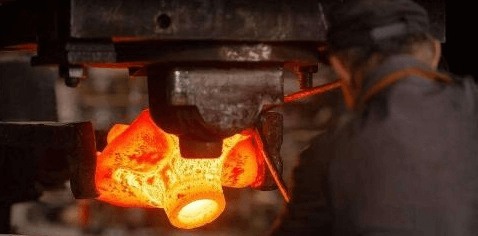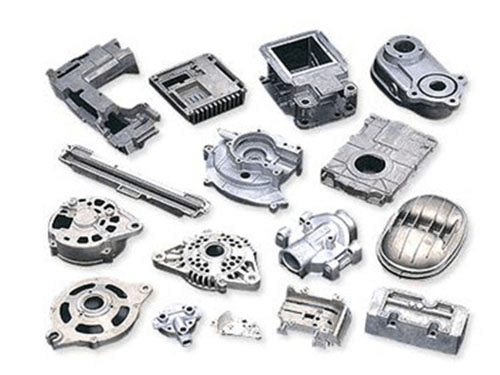Casting is an early metal thermal processing process, which has a history of about 6,000 years. Casting is a method of casting liquid metal into a casting cavity suitable for the shape of the part, and then cooling and solidifying it to obtain the part.
There are many casting methods. According to different production methods, casting can be divided into two categories: sand casting and special casting.
Sand casting

Sand casting refers to the method of producing castings in a sand mold. Castings of steel, iron, and most non-ferrous alloys can use the sand casting method. Due to the low cost and simple manufacture of the molding materials used in sand casting, it is not only suitable for single-piece production, but also suitable for batch production, and has long been the basic process in foundry production.
The basic raw materials for making sand molds are molding sand binder and foundry sand. The most commonly used foundry sand is silica sand. When silica sand cannot meet the application requirements, special sands such as chromite sand, zircon sand, and corundum sand can be used. The most widely used molding sand binder is clay, and various drying or semi-drying oils, water-soluble silicates or phosphates, and various synthetic resins can also be used.
Advantages and disadvantages of sand casting
Advantages of sand casting
1. Clay is rich in resources and cheap.
2. The cycle of making the mold is short.
3. Strong adaptability. Either single or batch can be used.
Disadvantages of sand casting
1. Each sand casting mold can only be poured once. After the casting is obtained, the casting mold is damaged and must be reshaped, so the production efficiency of sand casting is low.
2. The rigidity of the mold is not high, and the dimensional accuracy of the casting is poor.
3. Castings are prone to defects such as pores.
Special casting can be divided into pressure casting, investment casting, low-pressure casting, shell casting, permanent mold casting, and so on.
Investment casting
Investment casting is often referred to as “lost wax casting”. Lost wax casting is the use of wax to make a wax mold of the part to be cast, and then the wax mold is coated with mud. After the clay mold is dry, put it in hot water to melt the inner wax mold. Take out the melted wax mold and then bake it into a pottery mold. Generally, the pouring port is left when the mud mold is made, and then the molten metal is poured from the pouring port. After cooling, the required parts are made.
Advantages and disadvantages of investment casting
Advantages of investment casting:
1. High dimensional accuracy and geometric accuracy.
2. It can cast complex castings, and the casting alloy is not limited.
Disadvantages of investment casting: complicated process and high cost
Die casting
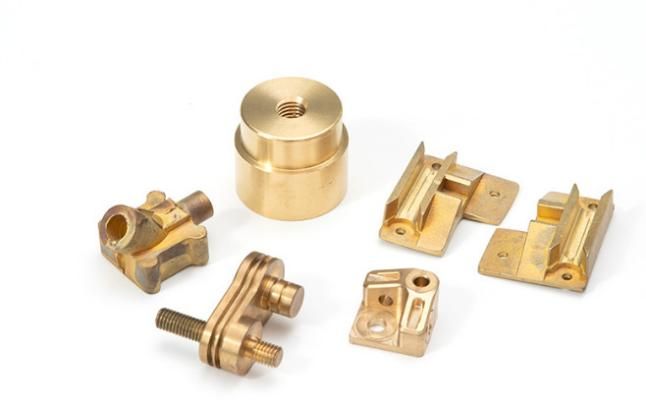
Die casting is a method of using high pressure to press liquid metal into the cavity of a precision metal mold at high speed, and the liquid metal cools and solidifies under pressure to form a casting.
Advantages and disadvantages of die casting
Advantages of die casting:
1. The product has good quality, stable size, and good interchangeability. The casting has high dimensional accuracy, good surface finish, high strength, and hardness, and the strength is generally 25~30% higher than that of sand casting
2. High production efficiency. Die-casting molds are used many times, machine productivity is high, and it is easy to realize mechanization and automation.
3. Excellent economic effect. Due to the advantages of accurate size and smooth surface of die castings, they are generally used directly without machining, or the processing amount is small. Therefore, it not only improves the metal utilization rate but also reduces a lot of processing time.
4. Other metal or non-metal materials can be die-cast in combination. Saves both assembly man-hours and metal.
Disadvantages of die casting:
1. Castings are prone to small pores.
2. Die castings have low plasticity and are not suitable for working under shock loads and vibrations.
3. For castings with complex concave, die casting is more difficult.
4. High melting point alloys (such as copper, and ferrous metals), the die-casting mold life is low.
5. It is not suitable for small batch production. Mainly because of the high manufacturing cost of the die-casting mold and the high production efficiency of the die-casting machine. In comparison, small batch production is not economical.
Permanent mold casting
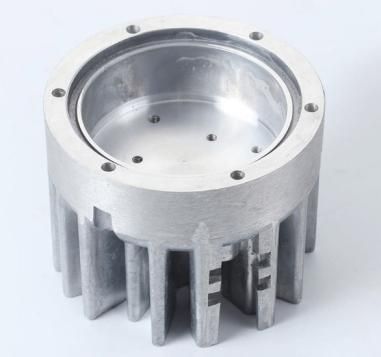
Permanent mold casting refers to a molding method in which liquid metal fills a metal mold under the action of gravity and cools and solidifies in the mold to obtain a casting.
Advantages and disadvantages of permanent mold casting
Advantages of permanent mold casting:
1. The thermal conductivity and heat capacity of the metal mold are large, the cooling rate is fast, the structure of the casting is dense, and the mechanical properties are good.
2. Good quality stability. Castings with lower surface roughness and higher dimensional accuracy can be obtained.
3. Since the sand core is not used or rarely used, the environment can be improved and dust and harmful gases can be reduced.
Disadvantages of permanent mold casting
1. The metal mold itself has no air permeability, and certain measures must be taken to export the gas in the cavity.
2. The metal mold has no concession, and cracks are easy to occur when the casting is solidified.
3. The manufacturing cost of metal mold is high, the cycle is long, and the process requirements are strict, so it can only show good economic effects when it is produced in large quantities.
Low-pressure casting
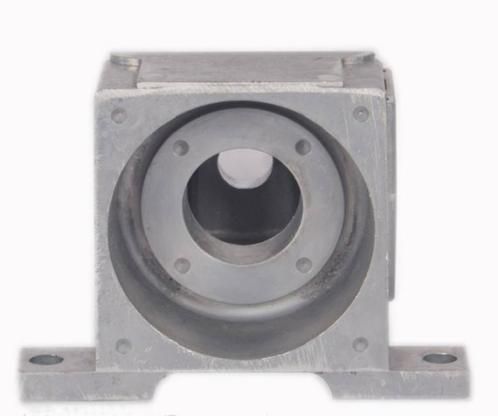
Low-pressure casting refers to a method in which liquid metal fills the mold under the action of relatively low pressure (0, 02~0, 06MPa), and crystallizes under the pressure to form a casting.
Advantages and disadvantages of low-pressure casting
Advantages of low-pressure casting
1. The rising speed and crystallization pressure of molten metal can be adjusted during pouring, so it can be applied to various different molds, casting various alloys and castings of various sizes.
2. The bottom injection type filling is adopted, the metal liquid filling is stable, and there is no splash phenomenon, which can avoid gas involvement and scouring of the mold wall and core. There are a few defects such as pores and slag inclusions in the casting, which improves the qualification rate of the casting.
3. The casting crystallizes under pressure, the casting is dense in structure, clear in outline, smooth in surface, and high in mechanical properties.
4. Low labor intensity, good labor conditions, simple equipment, easy-to-realize mechanization, and automation.
Disadvantages of low-pressure casting
The riser pipe has a short life, the molten metal is easily oxidized and slag inclusions are generated during the heat preservation process.
Shell mold casting
Shell mold casting is a casting method for producing castings from thin shell molds.
Advantages and disadvantages of shell casting
Advantages of shell casting
1. The obtained castings have clear outlines, smooth surfaces, and precise dimensions, which can be processed without machining or with only a small amount of machining.
2. Shell casting is especially suitable for castings of various alloys with large batches, high dimensional accuracy requirements, thin walls and complex shapes.
3. The resin sand thin shell core can cooperate with ordinary sand mold or metal mold to manufacture various castings.
Disadvantages of shell casting
1. The resin used in shell casting is expensive, the template must be precisely machined, and the cost is high.
2. There is also a pungent smell when pouring.
JTR can provide casting services such as die casting, and we can design a production plan that not only ensures product quality but also meets economic needs according to your requirements. If you need it, please feel free to contact us.


